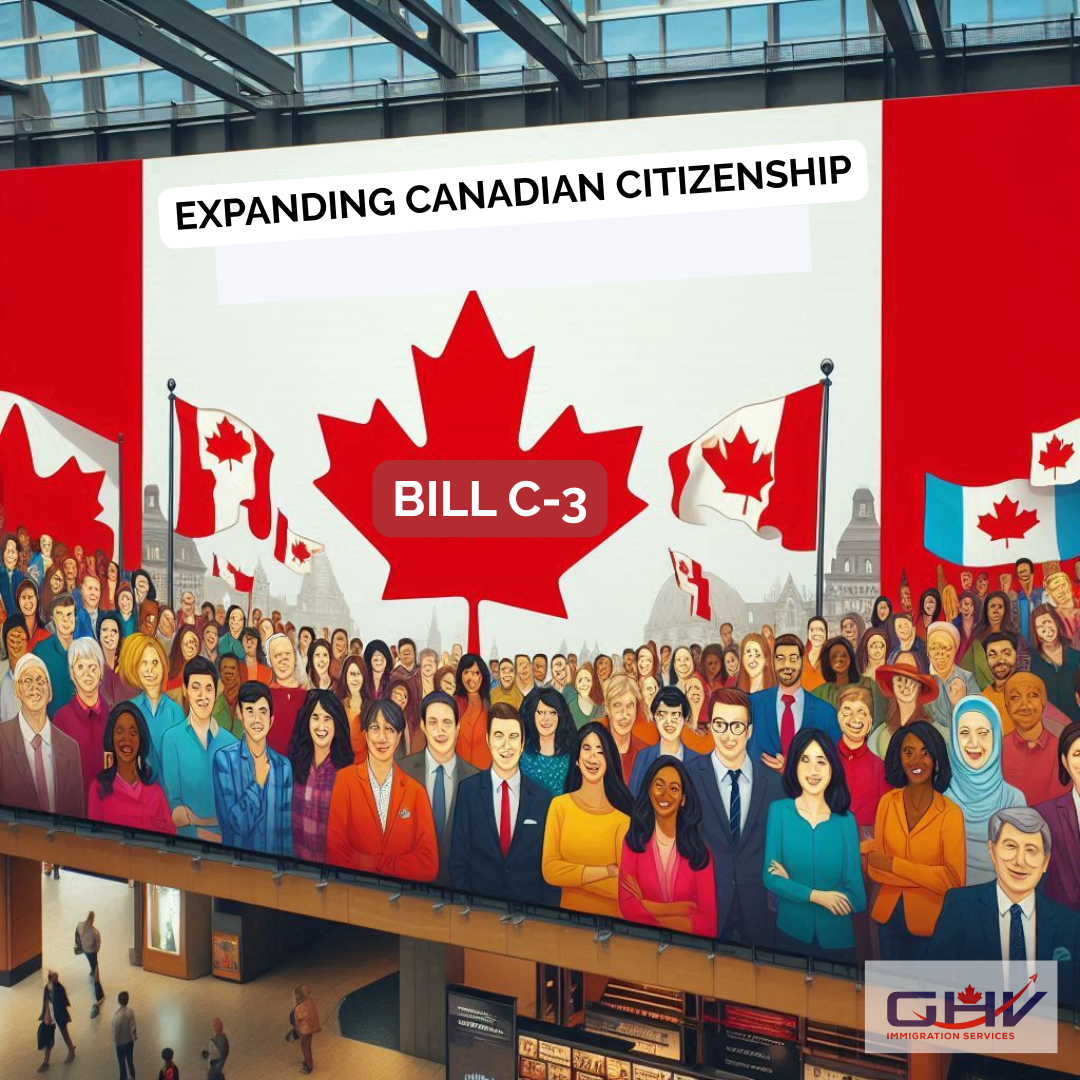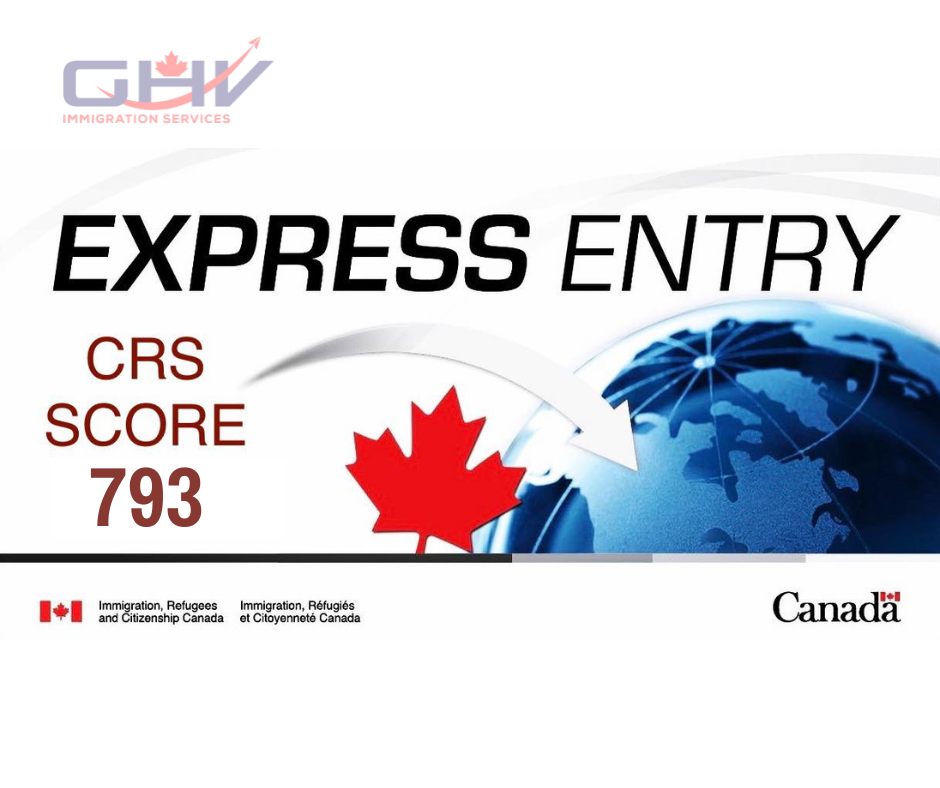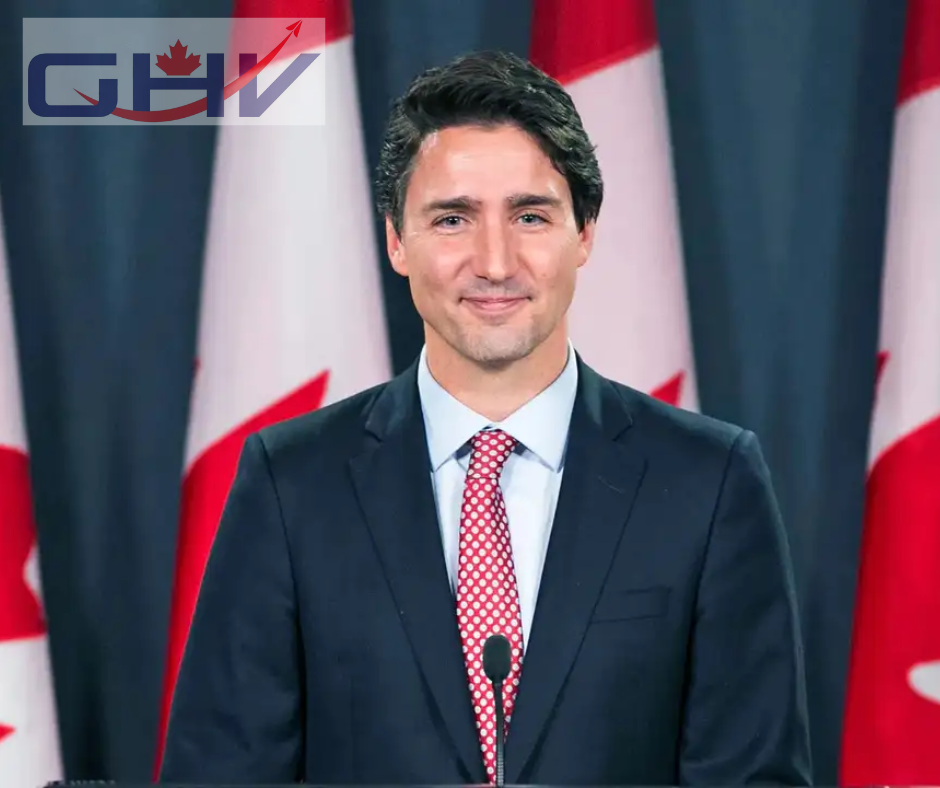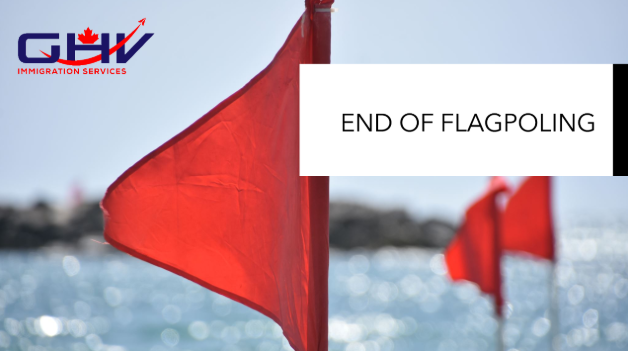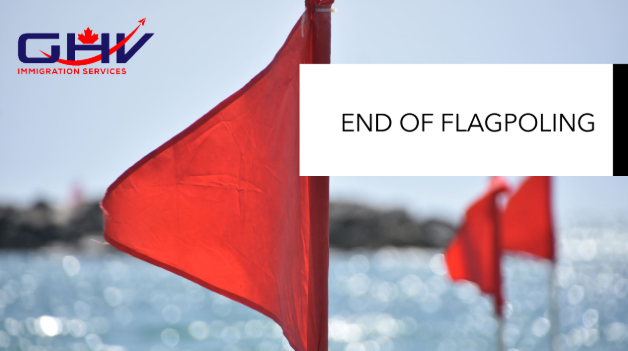
What is flagpoling? Flagpoling is a method where temporary residents briefly leave through the United States border, and re-enter Canada to receive same-day immigration services.
Immigration Minister Marc Miller announced on Tuesday, December 17, that Canada will discontinue the practice of flagpoling at its borders. It will no longer be available as an expedited immigration application processing option.
Under the new policy, temporary residents must submit their applications through the online system. Miller explained that this change aims to reduce pressure on border services, allowing officers to focus on their primary duties. He characterized the closure of this “loophole” as part of broader efforts to enhance immigration system integrity.
While the implementation date remains unspecified, Miller indicated IRCC intends to enact these changes rapidly. This development follows earlier restrictions implemented in May at twelve Canada-U.S. border crossings, where service hours for flagpoling were reduced. In June 2024, Miller had already moved to end flagpoling services specifically for Post-Graduation Work Permit applicants, who represented approximately 20% of flagpoling cases.
The decision comes amid IRCC’s ongoing challenges with application processing times, with many applicants experiencing months-long delays. IRCC considers applications “backlogged” when they exceed standard processing timelines, though the department maintains a goal of processing 80% of applications within their service standards.
What are your thoughts on this policy change? Have you had any personal experience with flagpoling, or do you know someone who has? Share your perspective on how this might impact temporary residents in Canada.
